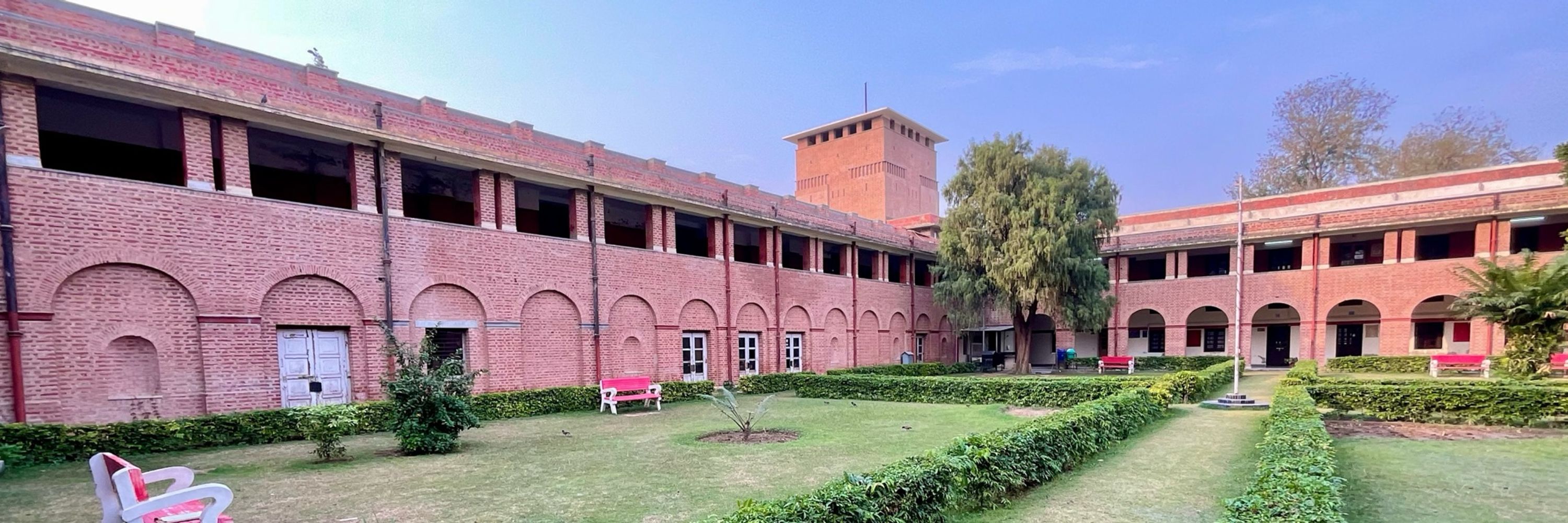
Part of the payoff has been invisible — in the air itself.”
Leadership, strategy, real action, common sense. #Paris
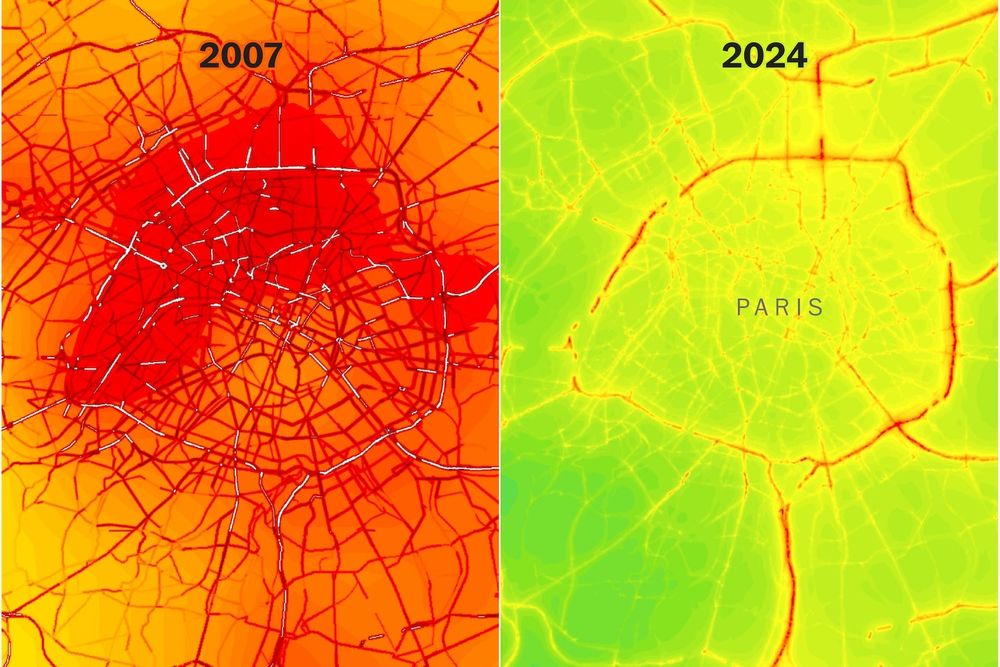
Part of the payoff has been invisible — in the air itself.”
Leadership, strategy, real action, common sense. #Paris
In a new paper, Sam Clarke and I push the limits of this test. We show spatially selective, putatively "visual" adaptation to a clearly non-visual dimension: Value!
www.sciencedirect.com/science/arti...

In a new paper, Sam Clarke and I push the limits of this test. We show spatially selective, putatively "visual" adaptation to a clearly non-visual dimension: Value!
www.sciencedirect.com/science/arti...

www.jneurosci.org/content/earl...
www.jneurosci.org/content/earl...
www.pnas.org/doi/10.1073/...

www.pnas.org/doi/10.1073/...
www.cell.com/current-biol...
We tackle two fundamental questions:
1) How does the brain create a cognitive map solely using auditory information?
2)How does the hippocampus represent a moving object?

www.cell.com/current-biol...
We tackle two fundamental questions:
1) How does the brain create a cognitive map solely using auditory information?
2)How does the hippocampus represent a moving object?
Mental rotation is often regarded as paradigmatic for #mentalimagery. But it turns out people often don't use imagery for mental rotation - & when they do it is often not useful (same viewpoint trials). #visionscience #psychscisky
doi.org/10.1016/j.co...
Mental rotation is often regarded as paradigmatic for #mentalimagery. But it turns out people often don't use imagery for mental rotation - & when they do it is often not useful (same viewpoint trials). #visionscience #psychscisky
doi.org/10.1016/j.co...

(Say what you will about the technical details, you must admit that we came up with the ~perfect~ title.)
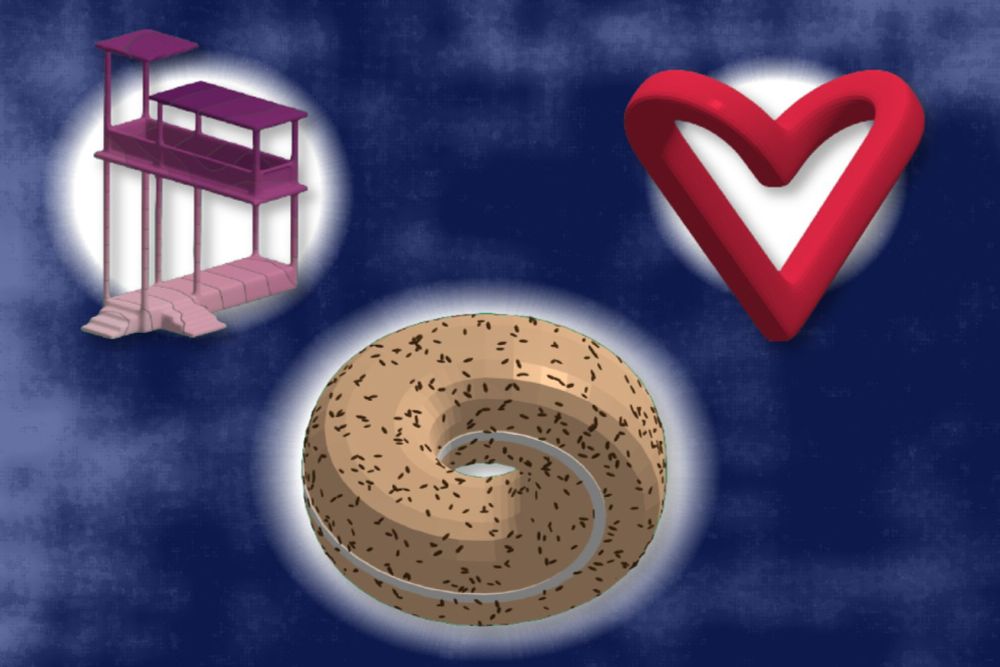
(Say what you will about the technical details, you must admit that we came up with the ~perfect~ title.)
We discovered that evolution, by acting in the midbrain, shifted the threshold to escape in Peromyscus mice, to fine-tune defensive strategies in different environments
www.nature.com/articles/s41...
This was a truly collaborative effort! 🧵⬇️
We discovered that evolution, by acting in the midbrain, shifted the threshold to escape in Peromyscus mice, to fine-tune defensive strategies in different environments
www.nature.com/articles/s41...
This was a truly collaborative effort! 🧵⬇️
The answer is that they have maps and compasses built into their heads! Excited to see this new review of map-and-compass navigation led by Joe Morford out in Animal Behaviour @asab.org
doi.org/10.1016/j.an...
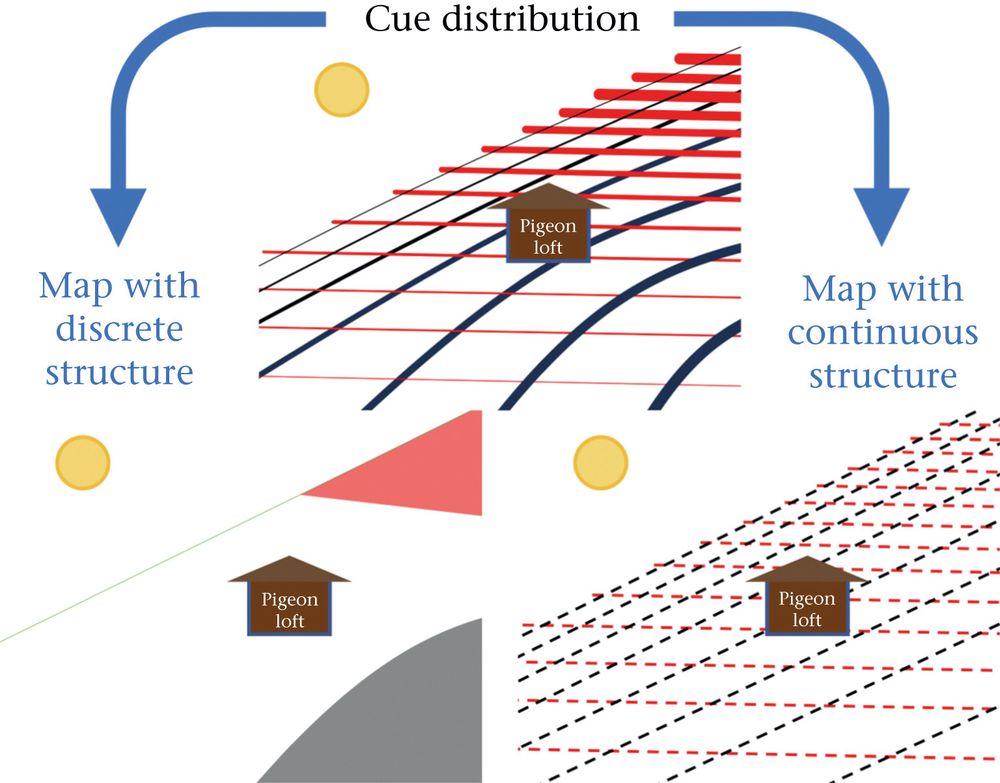
The answer is that they have maps and compasses built into their heads! Excited to see this new review of map-and-compass navigation led by Joe Morford out in Animal Behaviour @asab.org
doi.org/10.1016/j.an...
Our new #ICML2025 paper tackles this question from first principles, and finds a surprising answer, agents _are_ world models… 🧵
arxiv.org/abs/2506.01622
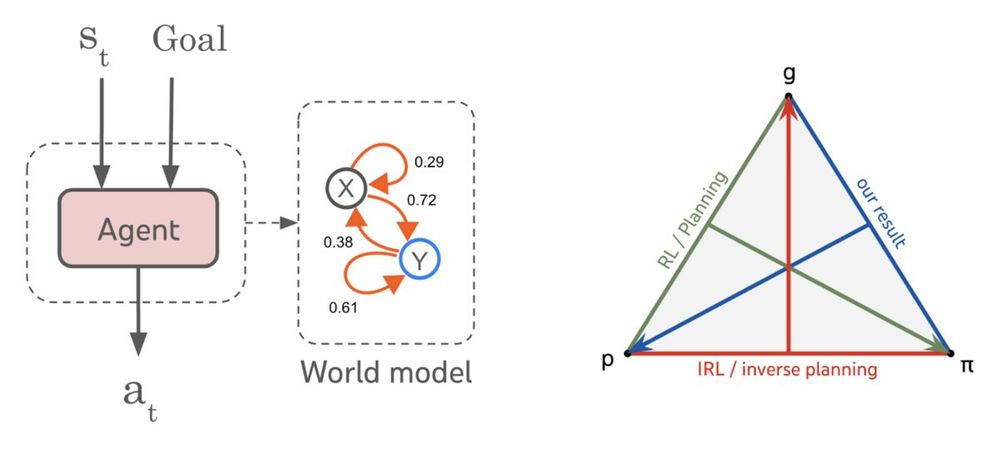
Our new #ICML2025 paper tackles this question from first principles, and finds a surprising answer, agents _are_ world models… 🧵
arxiv.org/abs/2506.01622
Read about Vincenzo Foppa's 'The Young Cicero Reading' 👉 buff.ly/ojqVJQj
📷 Wallace Museum

Read about Vincenzo Foppa's 'The Young Cicero Reading' 👉 buff.ly/ojqVJQj
📷 Wallace Museum
"Physics vs. graphics as an organizing dichotomy in cognition"
(by Balaban & me)
relevant for many people, related to imagination, intuitive physics, mental simulation, aphantasia, and more
authors.elsevier.com/a/1lBaC4sIRv...
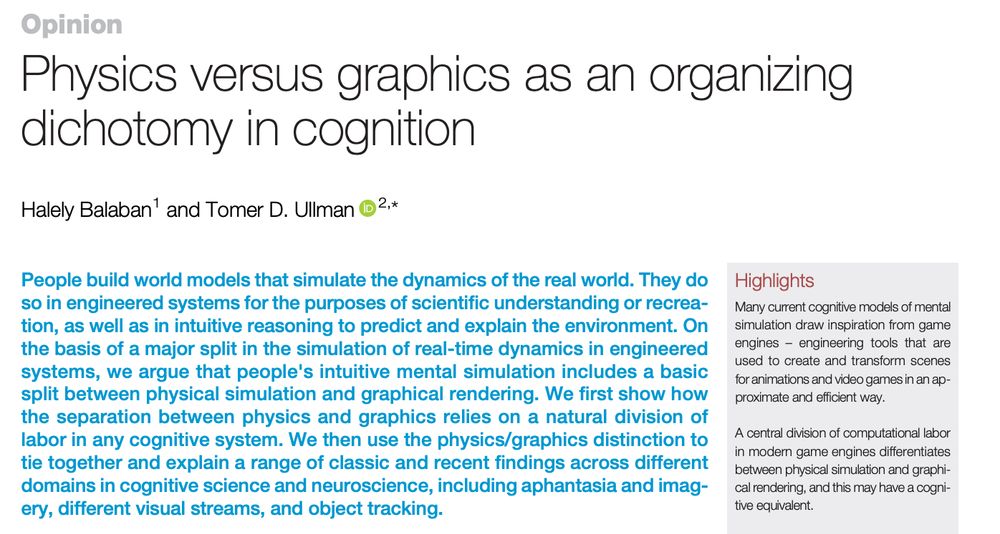
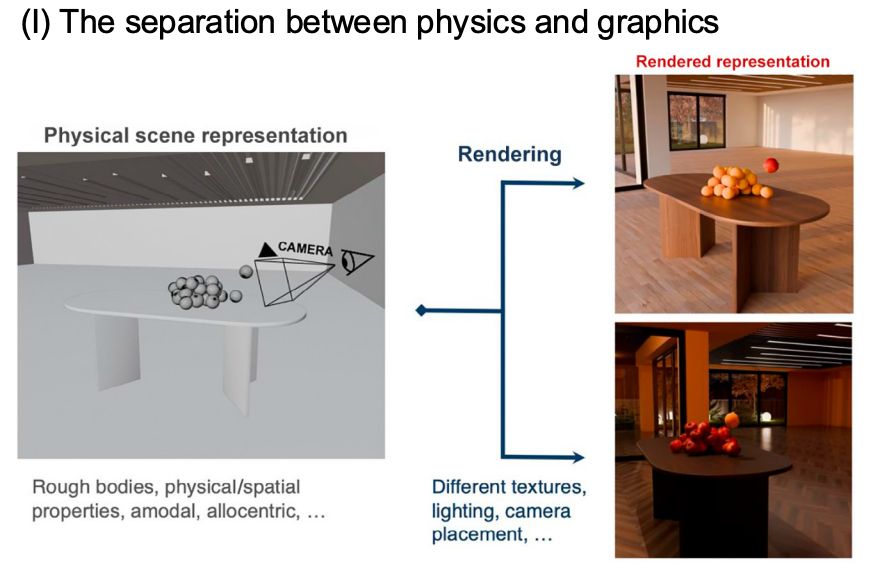
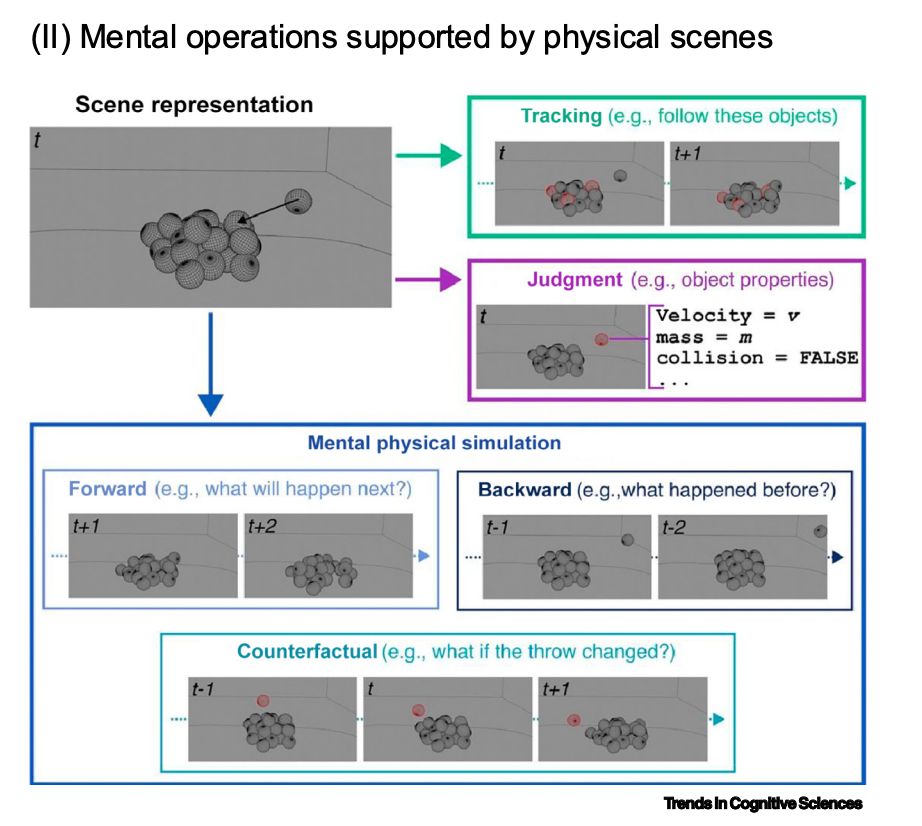

"Physics vs. graphics as an organizing dichotomy in cognition"
(by Balaban & me)
relevant for many people, related to imagination, intuitive physics, mental simulation, aphantasia, and more
authors.elsevier.com/a/1lBaC4sIRv...
Aparajit Ballav Dey, Sharon Kardia, Jinkook Lee & colleagues, offering the most thorough analysis yet of India’s genetic diversity
🧪🧬
www.cell.com/cell/fulltex...

Aparajit Ballav Dey, Sharon Kardia, Jinkook Lee & colleagues, offering the most thorough analysis yet of India’s genetic diversity
🧪🧬
www.cell.com/cell/fulltex...
The Development of the “First Thing That Comes to Mind”
with @xphilosopher.bsky.social and @ebonawitz.bsky.social
psycnet.apa.org/fulltext/2026-25569-001.html
#CogSci #PsychSciSki #DevSci
(1/10)
The Development of the “First Thing That Comes to Mind”
with @xphilosopher.bsky.social and @ebonawitz.bsky.social
psycnet.apa.org/fulltext/2026-25569-001.html
#CogSci #PsychSciSki #DevSci
(1/10)
this review lays out what I think the fundamental specializations are for music perception in humans, namely, the hierarchical processing of pitch and rhythm
or, how our minds turn vibrating air into music
authors.elsevier.com/a/1lG9G_V1r-...
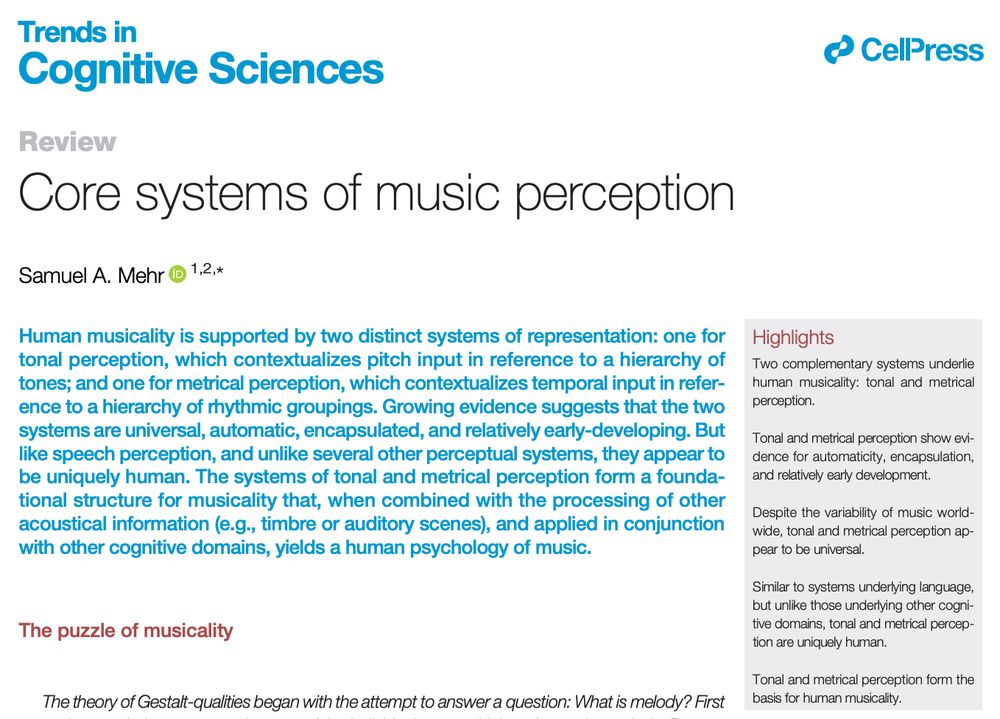
this review lays out what I think the fundamental specializations are for music perception in humans, namely, the hierarchical processing of pitch and rhythm
or, how our minds turn vibrating air into music
authors.elsevier.com/a/1lG9G_V1r-...

Happy to share this new paper (just out in Psych Review)!
osf.io/preprints/ps...

Happy to share this new paper (just out in Psych Review)!
osf.io/preprints/ps...
thomscottphillips.substack.com/p/when-nora-...

thomscottphillips.substack.com/p/when-nora-...


If you use p-values in your research, and you can't do otherwise, it would be desirable to at least quantify what is the false discovery rate for your sample size and chosen thresholds. It'd be surprising. 🧪
royalsocietypublishing.org/doi/10.1098/...

If you use p-values in your research, and you can't do otherwise, it would be desirable to at least quantify what is the false discovery rate for your sample size and chosen thresholds. It'd be surprising. 🧪
royalsocietypublishing.org/doi/10.1098/...


